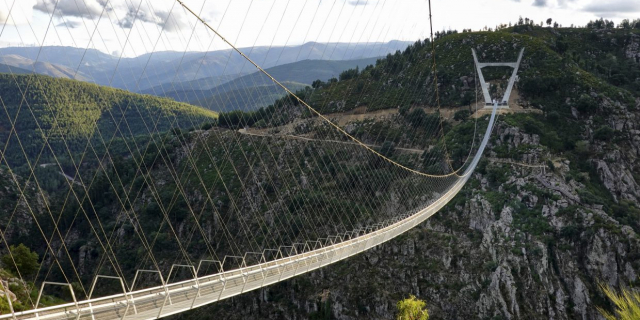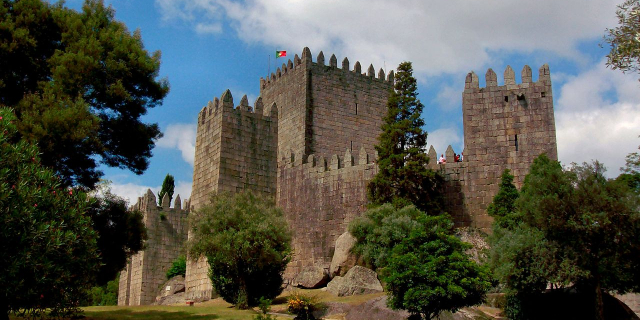Alijó
Alijó (Portuguese pronunciation: [ɐliˈʒɔ] ) is a municipality in the Norte Region of Portugal, located in the district of Vila Real. The population in 2021 was 10,486, in an area of 297.60 km2.
 The Anta da Fonte Coberta, a funerary dolmen in the parish of Vila Chã
The Anta da Fonte Coberta, a funerary dolmen in the parish of Vila ChãThere are several megalithic structures, dolmens and castros in Alijó evidencing the pre-historic occupation of the region by semi-nomadic tribes, dating back to the 10th century BC.[1] Many of the archaeological sites are well documented, and most of the archaeological evidence continue to be unearthed in reasonable condition.[2]
The remains of Roman-era settlements in the region are primarily limited to the fountains, roads and bridges that cross Alijó.[1][2]
During the 6th century some of the settlements were ecclesiastical parishes during the Suebi occupation: many of the local toponymies date to this era, including Sanfins (de São Félix), Santa Eugénia, São João Baptista (de Castedo), São Domingos (at that time an organ of Favaios), Santa Águeda (de Carlão) or São Tiago (de Vila Chã).[1]
But, its southern border along the Douro made the region susceptible to Spanish and Moorish conflict.[1] But, with the Christian Reconquista, after the reigns of Alfonso I and Alfonso II the region of the Trás-os-Montes and Entre-Douro-e-Minho regions became uninhabited (by both Christians and Moors).[1] The territory began to be slowly re-populated, with the new settlements founded around existing Roman castros, rustic villages and abandoned hereditary lands.
At the time of the Inquirições (Inventory/Inquiries) in 1220, there were five ecclesiastical parishes in the territory of Alijó: Alijó, Favaios, Sanfins do Douro, São Mamede de Riba-Tua and Vilar de Maçada.[1]
The following year (April 1226) he issued a royal charter (foral),[1] and renewed in successive years (by Afonso III, on 15 November 1269, and by Manuel I on 10 July 1514).[3] The occupation of the land began after the 12th-13th century, with the settlement by nobles and high nobility, including the Távora family (the Marquess of Távora would become the first donatário of Alijó).[3] The Távoras remained the governing elite of the region for most of the subsequent periods (even during the Iberian Union), until the reign of Joseph I.[3] During the monarch's era the entire family was executed and/or imprisoned for the attempted regicide of King Joseph, it what would later be called the Távora affair. At the time the municipality included the parishes of Alijó, Granja, Presandães, Chã, Valdemir, Santa Eugénia, Casas da Serra, Carlão, Franzilhal, Safres, Castedo and Cotas.[1] These parishes pre-date the Portuguese kingdom, while Pinhão (a locality of Gouvães in the municipality of Sabrosa), Casal de Loivos, Vale de Mendiz and Vilarinho de Cotas (which were villages in the parish of Celeirós, also in Gouviães).[1] Pópulo, Pegarinhos and Santa Eugénia which were parishes of the municipality of Murça were annexed to Alijó during the administrative reforms of 1853.[1]
The creation of the modern municipality of Alijó occurred in January 1854.[3]
The Douro railway line was opened as far east as Pinhão in 1880, with a further eastwards extension to Tua in 1883 and eventually reaching the border with Spain in 1887. The railway is still in use, but now with the eastern terminus at Pocinho.
The highest temperatures of the 2022 European heat waves were recorded in the civil parish of Pinhão, reaching 47.0 °C (116.6 °F) on 14 July 2022; a record for July in mainland Portugal.[4]

































Add new comment